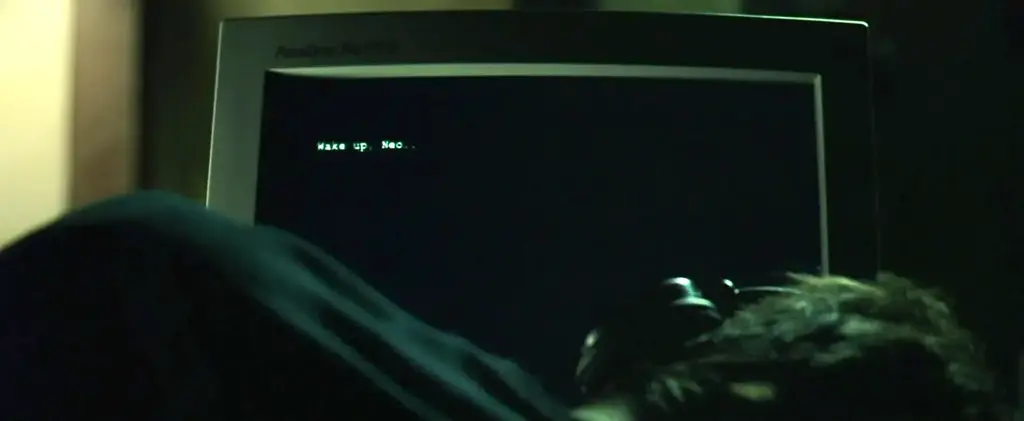

No. You can have control over specific parameters of an SQL query though. Look up insecure direct object reference vulnerabilities.
Consider a website that uses the following URL to access the customer account page, by retrieving information from the back-end database:
https://insecure-website.com/customer_account?customer_number=132355
Here, the customer number is used directly as a record index in queries that are performed on the back-end database. If no other controls are in place, an attacker can simply modify the customer_number value, bypassing access controls to view the records of other customers.





Yes, vim.